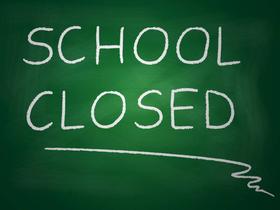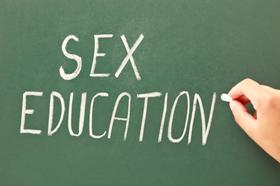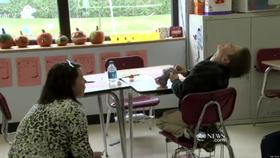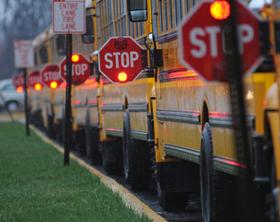As more interested parties weigh in on ways to raise the bar on the standard of public education in the United States, a notable equal-rights organization has now found its voice. The National Association for the Advancement of Colored People (NAACP) has recently issued a report that focuses on four primary areas of improvement that should be addressed by the public education system today. The recommendations focus primarily on what it will take for the students of today to succeed in the global marketplace of the 21st century.
This video reports on one of the NAACP's initiatives to reform public education.
About “Finding Our Way Back to First”
The NAACP report, titled, “Finding Our Way Back to First: Reclaiming World Leadership by Educating All America’s Children,” identifies some of the solutions necessary for providing high-quality education to all children in the United States. The report was drafted in response to concerns that the U.S. is losing its competitive edge in the education spectrum on a global scale.
“If America is going to lead the world in this century the way we did the last, we must lead the world again in education,” the website for the NAACP states.
The Miami Herald lists four basic areas of focus outlined in the NAACP report, including:
- Improving kindergarten preparedness through effective preschool programs
- Improving teacher training for more effective classroom instruction
- Longer school days that allow for more instructional time in the classroom
- More efficient targeting of funding, to provide for the neediest students
The president of the NAACP, Ben Jealous, explained to the Miami Herald that making these types of changes for all students, including minority children, would raise the education standard for the entire country. However, the four recommendations also focus on the desegregation of students in key areas of education that would level the playing field for students of all backgrounds and income levels. This would ensure an educated, thriving workforce in the 21st century that is equipped to compete in a modern global marketplace.
“We are seeking to ensure that our country can lead the world in job creation again,” Jealous told the Miami Herald. “We are seeking to ensure our country can lead the world in innovation again. Maybe when this country was founded, you could get away with only educating a portion of your population and succeed in the world, but you can’t do that anymore.”
This video reports on an NAACP effort to reform public education.
Breaking Down the Recommendations
Preparing children for the earliest years of elementary school involves an investment of funding into high-quality preschool programs. The organization hopes to capitalize on early efforts by the Obama Administration, which pumped more than $600 million into early childhood education during its first term. However, ongoing funding will be needed if these programs are to continue to strive to adequately prepare students for the elementary years and beyond.
Training effective teachers is another important component of the NAACP’s plan. In addition to ramping up teacher training programs, the organization is advocating for the recruitment and retention of the best teachers in each district across the country. This plan would also extend to the principals in schools, ensuring high-quality instruction comes from the top down.
The suggestion for longer school days would not necessarily be limited to traditional classroom time, according to The Root. School days would also be extended to accommodate student-centered enrichment programs, which could also be offered during school breaks in some instances. However, additional time would also be slotted for the classroom, with school years that would extend into the current break times, according to the NAACP’s recommendations.
Targeted spending would involve sending more funding to the schools that need it most – those with student populations that have high concentrations of low-income students. The hope is that additional funding would reverse some of the dismal performance and completion rates were seen for minority and low-income students today. For example, The Root reports that nearly 87 percent of African-American students and 84 percent of Latino students in the eighth grade are currently performing below proficiency level in reading, compared with 70 percent of the total student population that performs below that level.
This video reports on an NAACP forum on education reform in the state of Indiana.
Support for Report from U.S. Department of Education
The recommendations from the NAACP were designed to serve as a roadmap of sorts for school districts across the country to raise the bar on the quality of education. They also will help to ensure students complete their public education in the U.S. prepared for college or a career after graduation. The reforms focus on addressing the needs of all the students in the U.S., regardless of race, background, or income level.
Education Secretary Arne Duncan has embraced these recommendations as a roadmap to use in the much-needed restructuring of the current education system. Duncan has also added that the time to implement such recommendations is now, as the U.S. public education system is falling behind many other countries early in this century.
“We need to approach this with a tremendous sense of urgency,” Duncan told the Washington Informer. “While there are many individual success stories, we really have a crisis on our hands. A 25-percent drop rate means a million students leave school for the streets every year, and in the African-American and Latino communities, the rate is 50, 60 percent. It devastates entire communities.”
Duncan went on to state that a common enemy for all people in the U.S. is “academic failure.” To combat this enemy, Duncan says he is looking forward to working further with the NAACP in the area of education reform for all American students.
Questions? Contact us on Facebook. @publicschoolreview


























































































